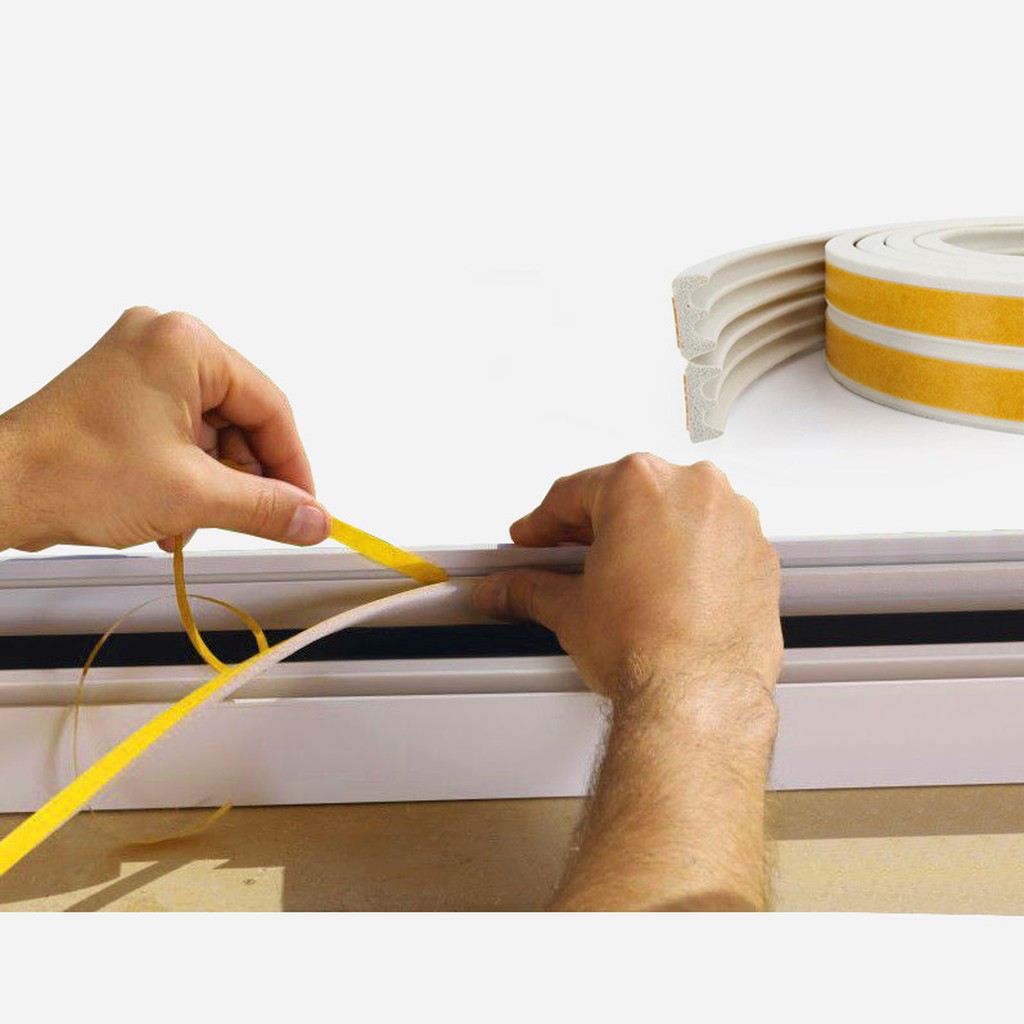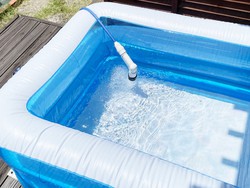Protect your home from the cold
Windows and doors do not always offer optimal insulation . Follow our brycus tips to improve the insulation of your home while discovering our brand Tesa specialist in cold protection .

It has been proven that poor planning when insulating doors and windows means that a quarter of the energy used to maintain the temperature of a home can be lost. Visit our Weatherstripping and flashing section to protect your house from adverse temperatures, while isolating the house from annoying particles such as dust and mites. Discover our brand Tesa specialist in protection against cold, but also capable of cutting annoying drafts and isolating the home from small dirt, while achieving significant savings in having a correct temperature in the home.
From our brycus tips, we encourage you to check the main places where temperature leaks occur.
In the case of casement style windows , by the joints between the frame and the hinges.
In the case of sliding doors or windows , leaks usually occur through the track.
For the doors, this happens because they are opened, because they do not close properly or because the door is separated from the floor or frames.
Once the air filtration problem is located, at Brycus we have a large selection of types of weatherstripping and flashing adapted to all types of situations.
Brush weatherstripping is recommended on sliding windows or doors, allowing these to be perfectly sealed.
Silicone weather stripping is generally the most recommended. They have different sizes that allow us to fill all kinds of gaps. This is a very resistant and insulating material. They have great durability, being able to last for more than ten years.
The traditional form is rectangular, and it is the best when closing poorly insulated windows and doors. The E-type weatherstripping are specific to be placed on the upper and lower rails of windows or sliding doors, without interfering with their sliding. For its part, D-profile weatherstripping is the most recommended for casement windows. Finally, the P-type weatherstripping are the best for both sides of sliding windows that have some clearance. They can cover gaps of up to five millimeters.
Foam weatherstripping are recommended to cover small gaps, generally measured between one and four millimeters. They are flexible and quite durable.
Lastly, rubber weather stripping is intended to cover gaps of between two and five millimeters. They have an approximate durability similar to those of foam.
Apart from the materials of which the various weatherstripping and flashing are made, we also offer various types of shapes to be able to insulate all types of surfaces.
Installing a weatherstrip is a very simple and fairly quick process. It is one of those household chores that any member of the household can perform without great cost of effort and which, in turn, will offer us great advantages. Our Brycus advice is that you do the following steps.
- Clean the areas where the weatherstripping is to be placed. Use a cloth moistened with alcohol for this. After use, let it dry.
- Measure the area to be worked on. Cut the weatherstrip to the required size.
- Prepare the adhesive by removing the tape. Stick the weatherstrip where we need it, starting from one end. Very carefully we are detaching the protective tape and gluing the piece. Try to avoid bubbles with firm movements.
- Make sure that the weatherstrip is correctly adhered by going over it with your fingers.
And voila, visit our weatherstripping and flashing section to be able to select the product adjusted to your needs.






Our customers trust us
Opinions of our clients
Receive our news